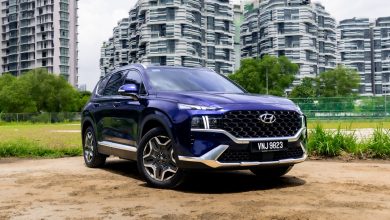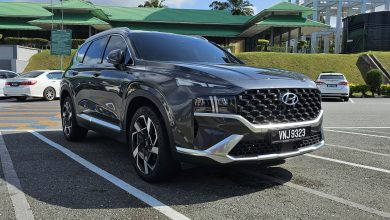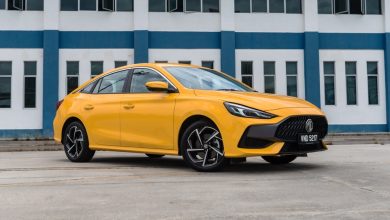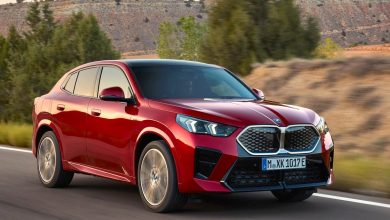Impact Of Our Continuing Hot Weather On All Electric Cars
Battery overheating in our hot weather will reduce the lifespan of the EV battery
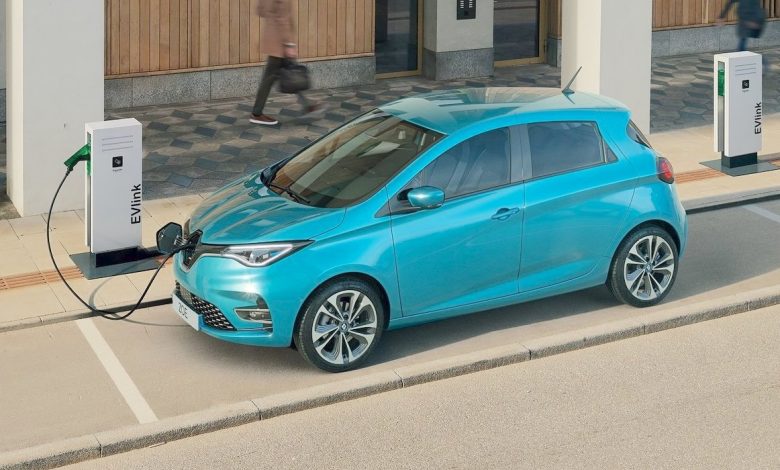
The majority of EVs are powered by lithium-ion batteries, which perform poorly in extremely hot conditions. They prefer a temperature range of 20 to 25 °C for operation.
Overheating is more likely when exposed to high temperatures, especially when traveling longer distances at higher speeds. The battery’s lifespan is reduced and charging performance suffers when the electronic components reach 45–50°C. The type of EV and the size of the battery will determine how prevalent this occurrence is.
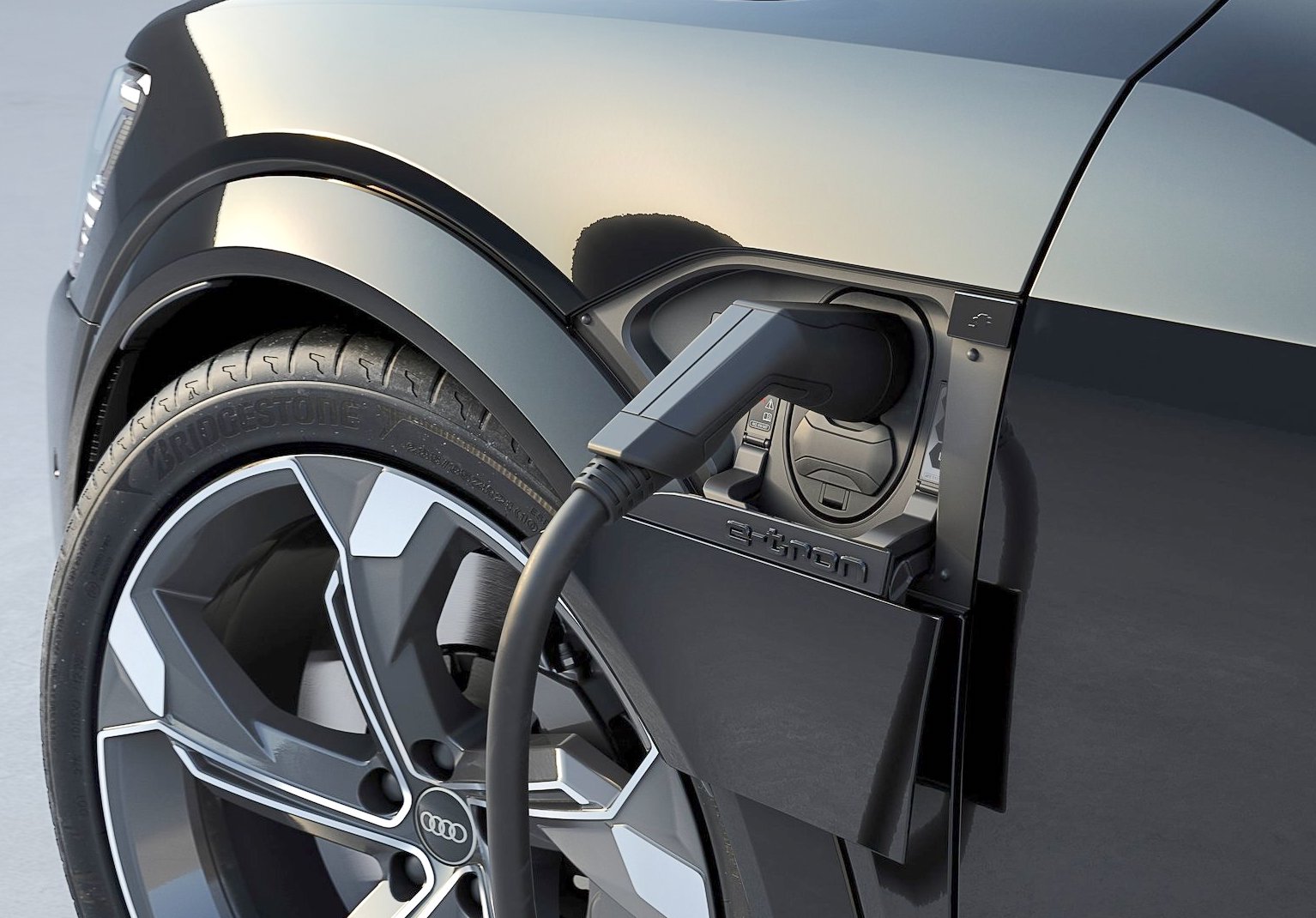
The charging speed slows down as the battery gets close to overheating. To avoid overheating, the battery management system (BMS) adjusts the charging rate based on the battery’s temperature.
However, it is best to avoid charging at higher temperatures as they hasten the creation of the Solid Electrolyte Interphase and result in severe battery degradation by damaging the anode due to increased diffusivity (SEI).
Occasionally, charging can even halt until the battery has cooled. EVs with very effective cooling systems that employ cooling liquid, like those made by Tesla, Kia, and Hyundai, are less susceptible to heat.
The range of an EV is negatively impacted by air conditioning, particularly in hot weather. Using AC can actually cut an EV’s range by up to 20–30%. This is due to the fact that the battery is already stressed from supplying power to the vehicle, and the extra load of running the AC system may cause it to become even more pressured, lowering its efficiency and capacity.
Drivers can take actions to lessen the effect of AC on their EV’s range, such as pre-cooling the cabin while the car is still connected to a charging station, employing seat cooling instead of full cabin cooling, and avoiding parking in bright sunlight.
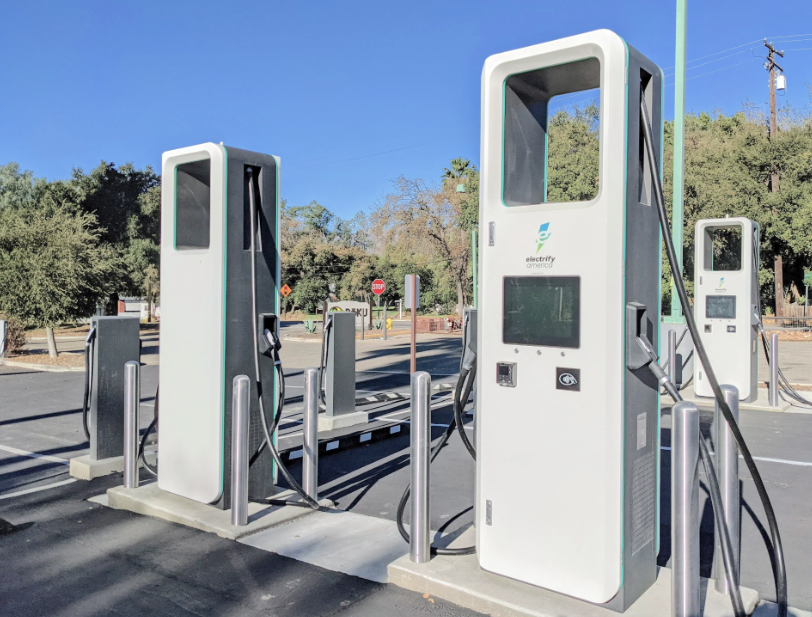
Also, interestingly, hot weather can lead to electrical equipment overheating, which can result in decreased performance and eventually equipment failure. This may have an impact on the charging station’s efficiency and dependability, which may lead to slower charging or station downtime.
Furthermore, high temperatures can impact the EV charging cable, potentially damaging the insulation and increasing resistance. The charging station’s (which in Malaysia should be powered by solar and not TNB) dependability and safety may be impacted, and the charging cable may need to be replaced as a result.
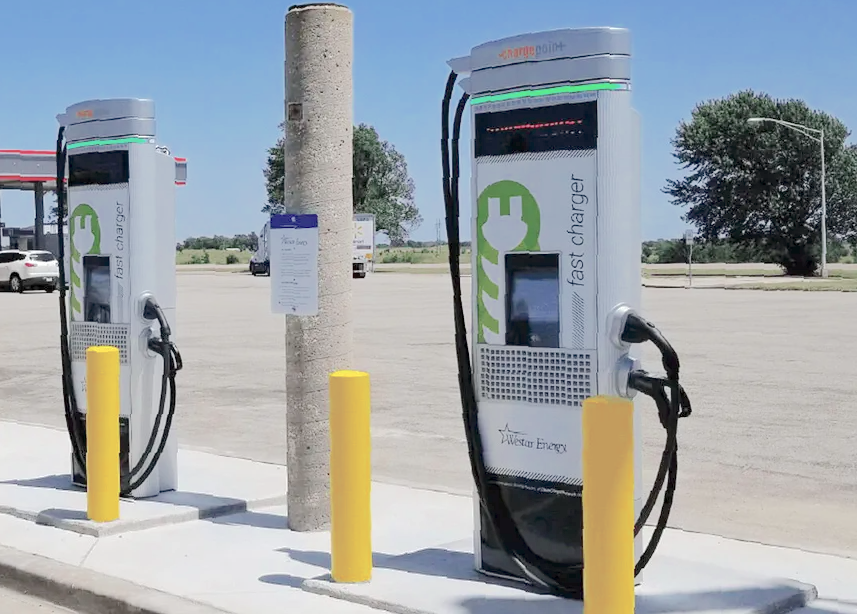
Meanwhile, do not forget your EV tires as high temperatures can affect your electric car’s tyre pressure, especially since EVs are heavier than petrol and diesel vehicles.
Avoid driving between the hours of 12 noon to 3pm which is usually the hottest time of the day. Due to this you should aim to plan your journey’s outside of these times.
As aforementioned, your EV uses more energy when outside temperatures are high. So, driving when it’s cooler outside can help to save energy and allow you to get the most out of your electric vehicle’s range.

